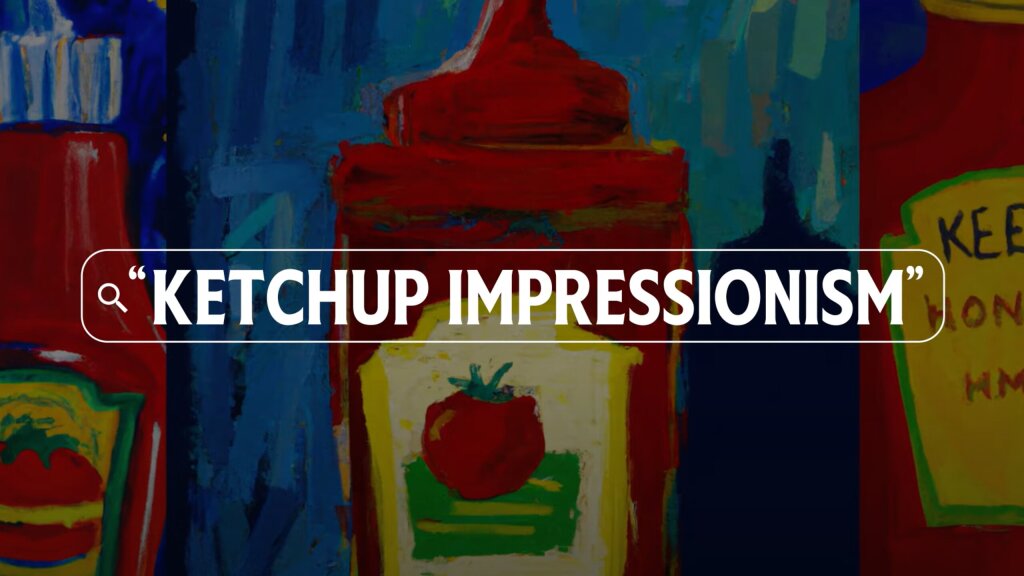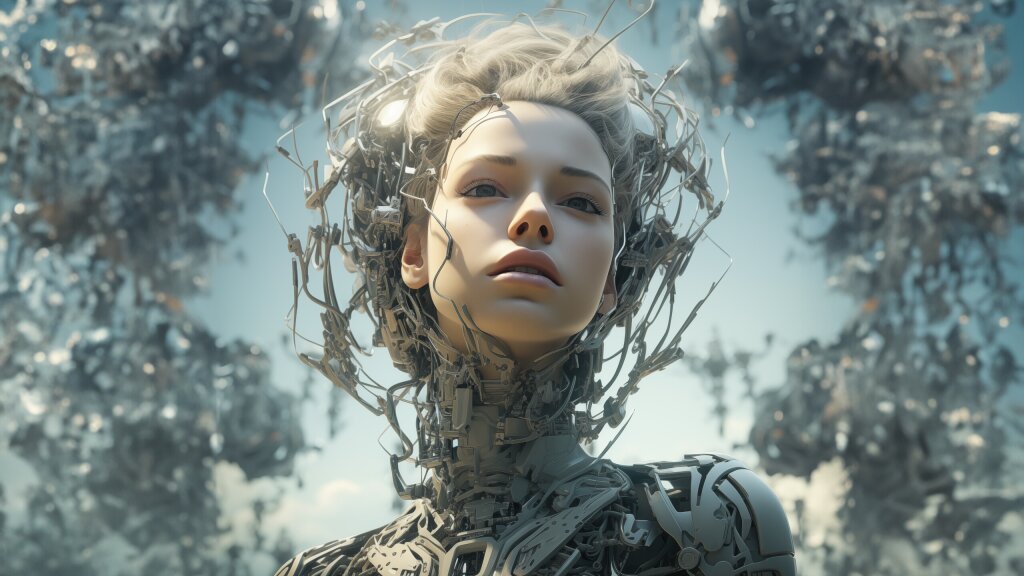Our Embrace of AI
By: Tom Lehmann
November 14th, 2023
ChatGPT. Midjourney. Wondercraft.ai. From writing to illustration to podcasting, artificial intelligence (AI) is changing how content is made. There’s valid reason for concern, but also almost unlimited potential. But one thing is certain: AI can’t be ignored.
Much of the hubbub around AI has centered on its potential to take over creative work from humans. It can, with varying degrees of confidence, design your logo, write your commercial script, or cast Morgan Freeman for a voiceover without ever involving Morgan Freeman. This is where a lot of the pessimism stems from, and we get it. Let’s set the record straight: we haven’t found anything that comes close to replacing human creativity and ingenuity (fingers crossed), especially in the rapid back-and-forth creative cycle of branding and advertising, where many different stakeholders have a say in creative decisions. Rest assured, all the final work we produce is still handcrafted by our human creative team.
That’s not to say we don’t incorporate AI creative tools where we can, though. We do this to provide additional content that simply would have been left out otherwise. For example, we’ve used AI to generate rough visualizations for a slew of campaign concepts before nailing down the final choice and to create placeholder content for a web page without resorting to stock photography.
AI in advertising
Looking at the wider landscape, AI holds huge potential in B2C advertising as it allows brands to easily create custom or interactive content. For example, customers can try on clothes in a virtual fitting room from the comfort of their homes, design their own pair of sneakers, or even turn themselves into the star of a commercial. Brands have really just scratched the surface of what AI can do here, and it’s only going to get more exciting.

AI has also been used to generate content for some high-profile ads, such as this Heinz spot. But in this example, as in many others, the use of AI is itself a conceit. It’s not so much an ad made by AI, but an ad made by humans around the use of AI. In other words, brands are turning to AI for its trendiness as much as its usefulness. And, hey, that’s still cool, but trends don’t last forever. AI will one day be so ubiquitous that it, on its own, won’t garner any attention.
Rights and ownership of AI content
If you’re considering using AI in your marketing, you’re undoubtedly wondering about copyright. Who owns AI-generated content? It’s an important question, one to which there is currently no clear answer. Different AI companies may provide different allowances and restrictions, but the U.S. Copyright Office, which is continuing to examine the issue, has yet to offer definitive guidance.
The question of whether outputs generated by a machine learning model like OpenAI's ChatGPT, including those from the LLM (Large Language Model), are considered derivative works in a legal sense is a complex and evolving area of law. As of my last knowledge update in January 2022, there isn't a widely established legal precedent specifically addressing this issue.
~ ChatGPT
Clearly, the issue of AI copyright is murky. Machine learning models are trained on huge datasets of published works (writing, images, or music), but the training obfuscates any connection between the model’s input and its output. Critics say this constitutes derivative work, while proponents argue the work should be considered original as outputs are merely based on patterns learned from the sources.

Either way, the question remains of whether a business can take a piece of AI-generated content and use it commercially and exclusively. For the time being, this seems to be up to the individual policies of the companies providing these AI tools. As the law is not yet established, we recommend brands don’t expect exclusive ownership over anything that was AI-generated for their use — think of it like stock photography. And for the extremely risk averse, you may want to avoid using AI-generated content in a publicly visible space, such as a commercial, altogether.
AI doesn’t have to be cool
AI receives a lot of attention for transforming your dog into a superhero character or writing a college essay in mere seconds. But for us, there is another area where it is undeniably helpful, if less exciting. It assists with the more tedious aspects of our work; the behind-the-scenes elements our clients never see, such as consolidating survey responses, cleaning up a text layout in a pitch deck, or performing research. AI can already save us a ton of time here, and as our methods evolve, it will only get better.
So while we, for one, are not quite ready to welcome our robot overlords, we’re not shying away from these new tools. As a small agency, we treat AI as a competency multiplier, helping us see more and do more, all while freeing our team to spend less time on mundane tasks and more time on client interaction and creative work. And we don’t think anyone’s going to argue with that.
———
All images in this post were generated using Midjourney and upscaled using Topaz Gigapixel AI. Backgrounds were expanded using Generative Fill in Adobe Photoshop.
